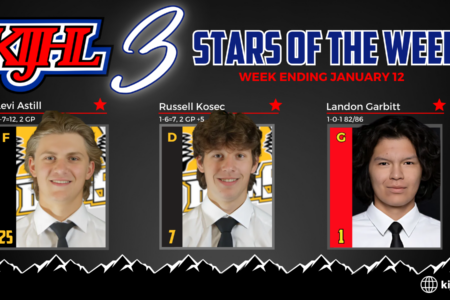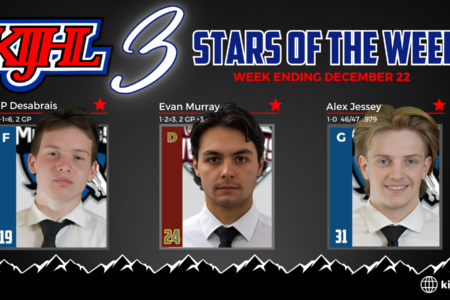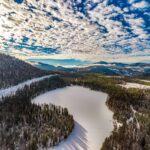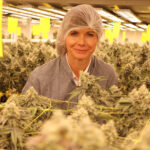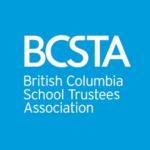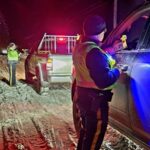Avalanche death a reminder to be aware
The unfortunate death of an Albertan man in an avalanche over the weekend in Rossland is a tragic reminder that avalanche awareness is critical to anyone doing backcountry sports in the Kootenay Boundary. Greg Johnson, avalanche forecaster for the Canadian Avalanche Centre based in Revelstoke, explained that current conditions across the regions are dangerous.
“It sounds like what happened over the weekend was that there was a party of skiers and they were coming down the woods and they hit a steep open area,” said Johnson, “the snowpack was weak there and it released. One person was caught and was pushed into some trees and died. The avalanche conditions in general throughout the B.C. Interior including areas of the Kootenay Boundary are inherently tricky right now. There’s a weak snow layer in the snowpack.”
The snowpack forms in layers over time in the winter. Each successive storm that hits has different characteristics and deposits different types of snow. Some of those layers stick together better than others, explained Johnson.
“We’ve got a layer that is called surface hoar. It’s a surface frost. It’s the same stuff that forms on your car, but on the snow it can get quite big. Some of the crystals will be two centimeters tall,” said Johnson. “After they (the crystals) are buried they can be a notorious weak layer in the snow pack. And that’s what we’re dealing with right now – we’re in a time period that is optimal for people going out and triggering avalanches.”
This condition is seen once a year or more in the mountains and is quite normal according to Johnson. Johnson recommends that people check the avalanche bulletins on the Canadian Avalanche Centre’s website prior to doing any trips. The bulletins are updated daily with the latest conditions.
“Beyond that it is about trip planning. It’s about where you’re going to go in the mountains and what you’re going to do. When conditions are a bit unstable, or it’s a bit tricky, it’s important that you have a really good trip plan,” said Johnson.
Johnson encourages backcountry enthusiasts to include options in their trip planning in order to be able to keep to low risk areas. Johnson also highly recommends taking an avalanche class.
“If you haven’t taken a class and you’re looking to get into backcountry snowmobiling or skiing, an avalanche class is pretty much the way to go. It doesn’t make you an expert by any means, but it keys you into the right information. It teaches you about avalanches and mountain terrain that avalanches occur in, and about avalanche rescue so if things go wrong you know what you can do.”
Along with the avalanche awareness course available online at www.avalanche.ca, there are a number of course providers around the Kootenay Boundary area.
The Canadian Avalanche Centre is also hosting Avalanche Awareness Days from Jan. 9 – 10 at both Whitewater Ski Resort and Red Mountain. Some of the activities will include: beacon search demonstration, beacon Olympics competition, and ski patrol demonstrations. For information on the events go to: Avalanche Awareness Days on the centre’s website.



